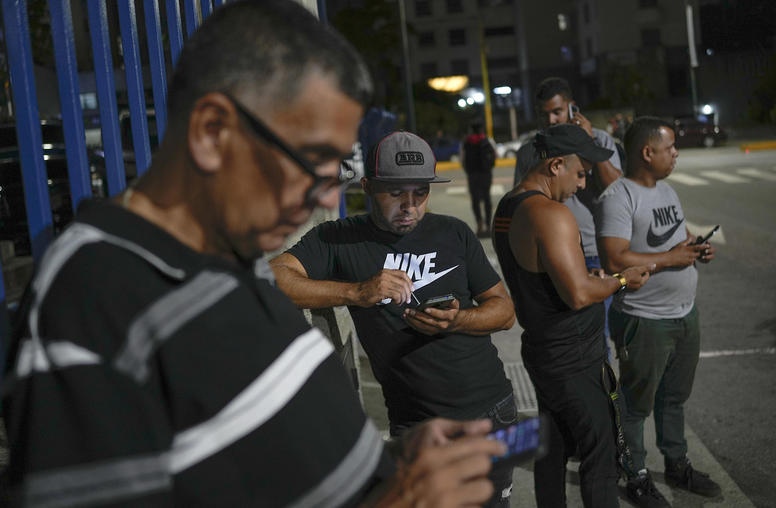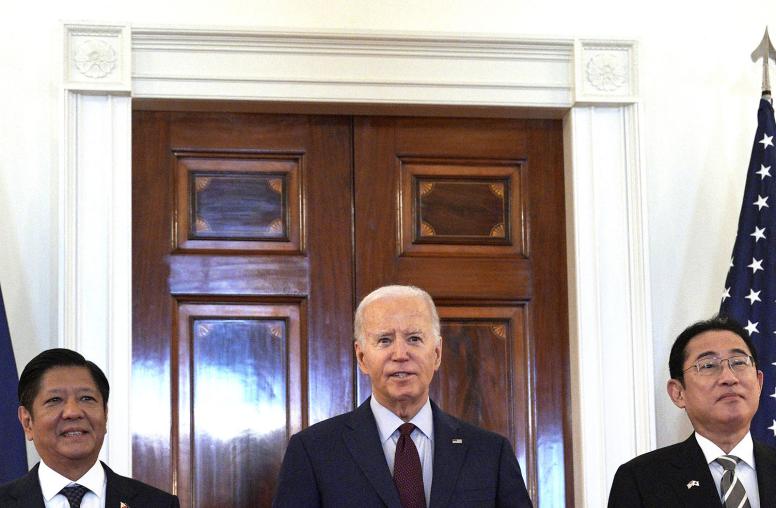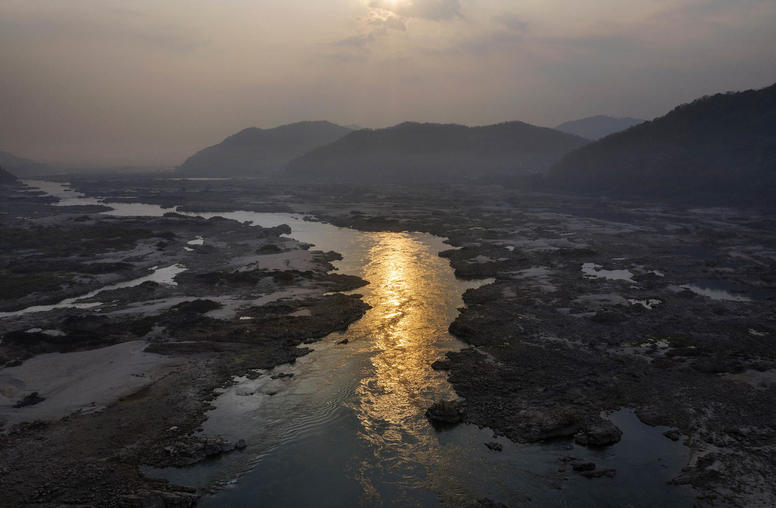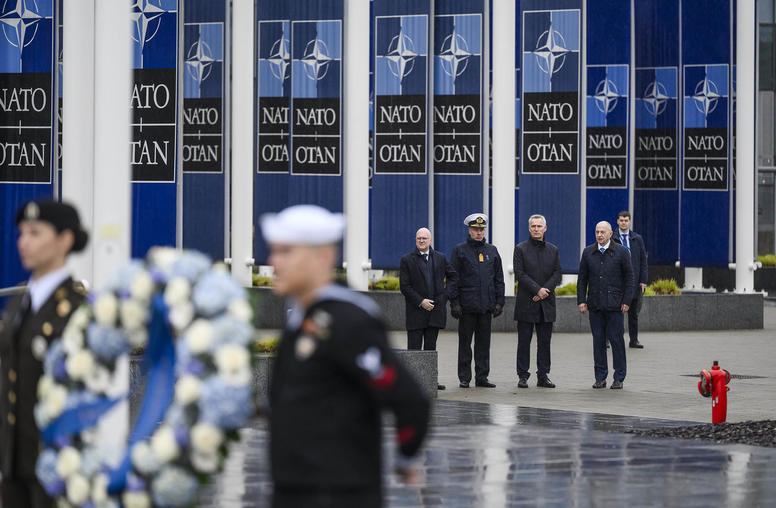Faint Progress in Geneva?
Daniel Brumberg, Senior Adviser at USIP's Center for Conflict Analysis and Prevention, offers analysis on the "Iran-P5+1" talks held in Geneva, Switzerland on December 6-7, 2010.
It might be said that when it comes to the interminable effort to resolve the conflict over Iran’s nuclear program, the good news is that the December 6-7, “Iran-P5+1” talks in Geneva even took place. Framed by the low expectations that all participants shared going into the talks, the one decision to come out of this meeting, namely to hold a second round of negotiations in January, represents faint but modest progress.
Clearly, no one wants to be blamed for prematurely torpedoing a dynamic that offers all sides the chance to get its message across. In this spirit, prior to the talks Secretary of State Hillary Clinton sounded a somewhat conciliatory note. The U.S, she stated, attaches real importance to “continuing the diplomatic negotiations between the two parties taking in consideration the right to peaceful nuclear energy program with the commitment of full transparency and safety standards.”
While these remarks echoed those made previously by administration officials—including President Obama—the reference to “the right to peaceful nuclear energy” was probably meant to once again obliquely signal that the U.S. does not preclude Iran from exercising its enrichment rights under the Non-Proliferation Treaty. Providing that Tehran responds favorably to the repeated and very specific concerns of the International Atomic Energy Commission and the UN Security Council, the U.S. and allies appear ready to concede that right. The question is when to do so?
On this score, there is no easy answer. In every negotiation, participants must overcome a basic dilemma. On the one hand, neither side wants to show its hand too early, less it be seen by its adversaries—and by its critics back home—as making unrequited concessions. On the other hand, unless one side or the other eventually takes the risk of drawing a comprehensive picture of the ultimate end game, there is little incentive to risk concessions. Indeed, absent a wider view of where negotiations are meant to end up, even the most heard felt “trust building” measures will quickly be read by the other side as deceitful salami tactics. How then to draw this comprehensive picture, but without appearing to be weak or naïve?
U.S. officials have repeatedly tried to square this circle by hinting at Tehran’s enrichment rights. But absent a definitive stance from Washington, Iran’s leaders will continue to tell a story that most Iranians apparently believe, namely that what stands in the way of a solution is Washington’s denial of Iran’s NPT treaty rights. So long as Iranians swallow this line, their leaders can go on portraying the U.S. as an international bully bent on humiliating Iran. This was precisely the position articulated by Iran’s chief negotiator, Saeed Jalili, at the most recent round of talks in Geneva.
The next round of negotiations could easily repeat this public relations exercise. From Washington’s perspective, this may not be a bad thing, if only because Obama administration officials believe that economic and financial sanctions will continue to bite. But the assumption that time is on the side of the P5+1 partners may prove wrong. As a recently issued USIP-Stimson Center report on Iran’s nuclear program suggests, to make real progress, U.S. officials must draw a bigger picture of what negotiations are supposed to produce, and in that context, make a much more explicit statement about U.S. readiness to accept—in the wider context of an agreement—Iran’s enrichment rights.
While it is too early to tell, there are indications that Washington and its P5+1 partners may be moving towards a more explicit endorsement of Iran’s NPT enrichment rights. Indeed, discussion over how to revive and redefine the now defunct “October 2009 fuel swap agreement” could help set the stage for such a development. The original agreement provided for the overseas enrichment (to 19 percent) of most of Iran’s low enriched uranium (LEU). Iran’s subsequent enrichment activities greatly enlarged its store of LEU, thus requiring—from Washington’s perspective—a new agreement that assures that most of Iran’s stockpile will be sent overseas (probably to Russia). But if Tehran and the P5+1 states can now agree on how much uranium will now be exported, a new swap agreement might be possible.
Indeed, according to one report, Washington may be prepared to back transforming some of the enriched uranium into fuel rods for Tehran’s Bushehr nuclear power plant, thus effectively allowing Iran “to claim that its enrichment program is designed to produce fuel for Bushehr, not for a weapon. If Iran does this, the United States will agree to allow Iran to keep its current centrifuge program spinning, producing more LEU, which could be recycled into fuel in Russia, as long as Iran doesn’t add more centrifuges or expand its centrifuge program.”
If the U.S. is ready to back such a deal, is it also be prepared to follow it up with a more explicit position on enrichment? Secretary Clinton herself told the BBC on December 3 that the Iranians “can enrich uranium at some future date once they have demonstrated that they can do so in a responsible manner in accordance with international obligations." Moreover, a report from Israel’s Ha’aretz suggests that the European Union is now pushing for just such a deal.
We should not underestimate the transformational impact an accommodation on the enrichment issue would have. By undercutting the excuse that Iran’s power holders regularly deploy to avoid seriously addressing questions about its nuclear program, it could open the door to a more comprehensive solution to the U.S.-Iran conflict.
But the prospects of a wider solution faces huge hurdles. Iran’s president insists that the P5+1 countries must drop sanctions as a precondition for talks. That is a non-starter that is surely designed to sabotage serious talks. Moreover, it is far from clear that the Obama administration can muster the bureaucratic and political consensus required for painting a wider picture of the ultimate goal behind negotiations. Clinton’s recent remarks on enrichment may suggest otherwise, or they may simply be a trial balloon that will eventually float up into the sky, without much impact.
Given Tehran’s obstinacy and its continued persecution of human rights activists, it might be argued that the administration has little incentive to rev up engagement with Tehran. But if Iran amply earned U.S. skepticism, the fact of the matter is that without a successful diplomatic process, the U.S. will eventually have to choose between going to war or tolerating a drift towards containing a nuclear Iran. The risks associated with a more robust engagement strategy are far preferable to either one of these two outcomes.
Explore Further
- Learn more about USIP's work on Iran
- Learn more about Daniel Brumberg
- Read "Engagement, Coercion, and Iran’s Nuclear Challenge," a Joint Study Group report on US-Iran Policy



